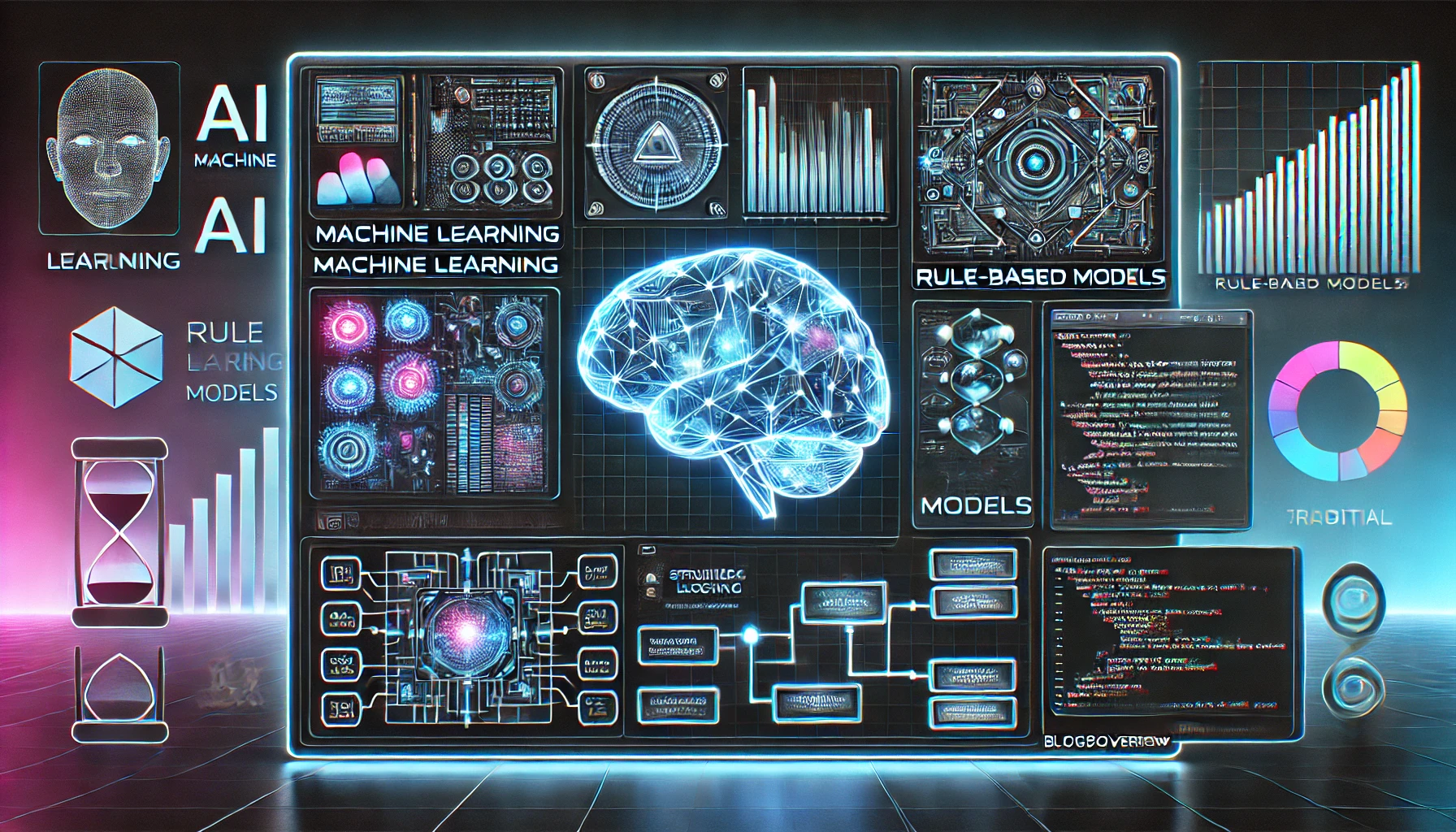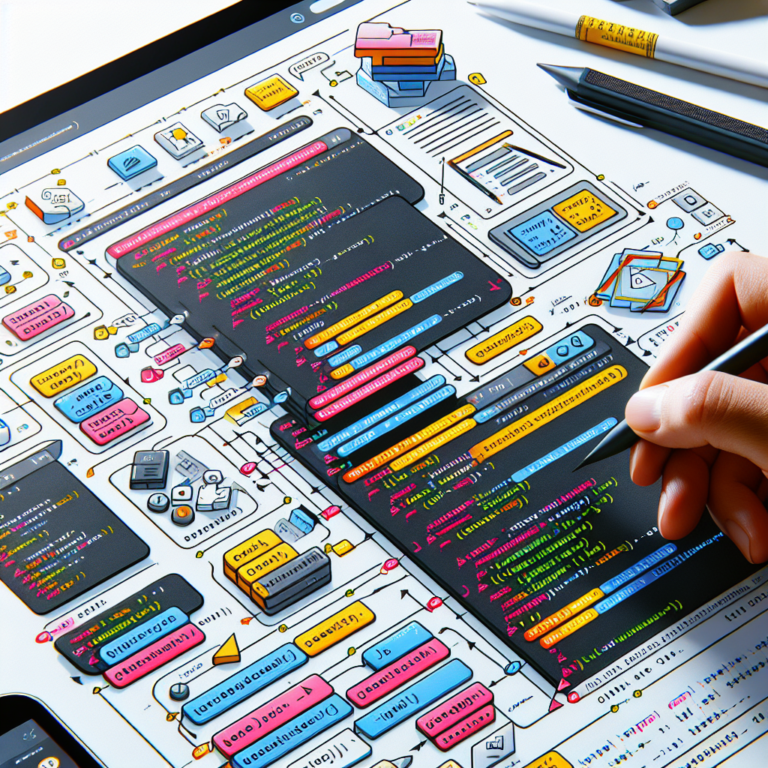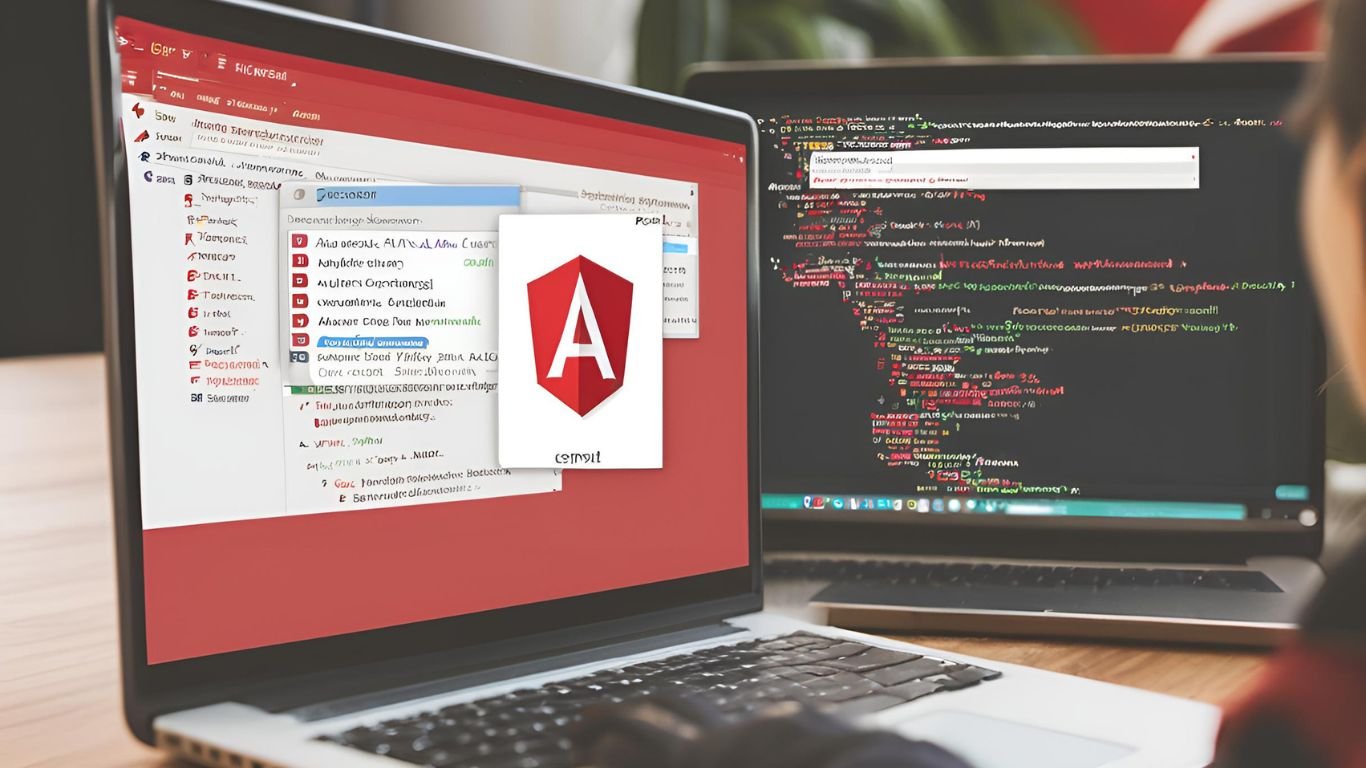Introduction
How to Decide Between AI, Machine Learning, Rule-Based Models, or Traditional Development – Choosing the right approach for solving a problem—whether using AI, machine learning (ML), rule-based models, or traditional development—can significantly impact your project’s success. But how do you decide which one fits best?
In this guide, you’ll learn:
- When to use AI and machine learning.
- When rule-based models or traditional coding are better options.
- Key factors to consider before making a decision.
- Common mistakes and how to avoid them.
AI vs. Machine Learning vs. Rule-Based vs. Traditional Development: A Comparison
1. When to Use AI or Machine Learning?
Best for: Complex, data-driven problems with patterns too intricate for manual coding.
✅ Use AI/ML if:
- The problem involves large datasets and evolving patterns.
- Predictions, classifications, or recommendations are required.
- The solution benefits from continuous learning and improvement.
- Automation of decision-making is necessary (e.g., fraud detection, chatbots, recommendation engines).
🚫 Avoid AI/ML if:
- The problem is well-defined and can be solved with fixed logic.
- Data is insufficient or unreliable.
- Real-time decision-making is needed but ML inference is too slow.
Reference: Russell, S., & Norvig, P. (2021). Artificial Intelligence: A Modern Approach. Pearson.
2. When to Use Rule-Based Models?
Best for: Well-defined, structured problems with predictable outcomes.
✅ Use Rule-Based Models if:
- Business logic can be explicitly defined.
- Decision-making follows clear IF-THEN-ELSE conditions.
- The system needs high explainability (e.g., regulatory compliance, accounting software).
- Edge cases must be handled manually and AI’s “black-box” approach is unacceptable.
🚫 Avoid Rule-Based Models if:
- The number of rules becomes unmanageable.
- The system needs to adapt and learn over time.
Reference: Nilsson, N. J. (2010). The Quest for Artificial Intelligence: A History of Ideas and Achievements. Cambridge University Press.
3. When to Use Traditional Development?
Best for: Standard applications where logic can be explicitly programmed.
✅ Use Traditional Development if:
- The problem is straightforward and well-structured.
- Business logic is fixed and does not need to evolve.
- Performance and efficiency are critical, and AI overhead is unnecessary.
- The cost of AI/ML implementation outweighs the benefits.
🚫 Avoid Traditional Development if:
- The problem requires adaptive learning or complex decision-making.
- The system needs to handle large volumes of unstructured data dynamically.
Reference: Sommerville, I. (2015). Software Engineering (10th Edition). Pearson.
Decision-Making Framework: How to Choose the Right Model
🛠 Use the following checklist to determine the best approach:
| 🔍 Factor | 🤖 AI/ML | 📜 Rule-Based | 💻 Traditional Dev |
|---|---|---|---|
| 📊 Data Availability | ✅ Required | ❌ Not required | ❌ Not required |
| 🎯 Complexity | 🔴 High | 🟠 Medium | 🟢 Low |
| 🔮 Predictive Capabilities | ✅ Yes | ❌ No | ❌ No |
| 🔄 Adaptability | ✅ Yes | ❌ No | ❌ No |
| 🔍 Explainability | ❌ Low | ✅ High | ✅ High |
| 💰 Development Cost | 🔴 High | 🟠 Medium | 🟢 Low |
| ⚡ Performance & Speed | 🟡 Moderate | 🟢 High | 🟢 High |
Common Mistakes & How to Avoid Them
1. Overusing AI When Not Needed
Mistake: Implementing AI/ML for problems that could be solved with simpler rule-based logic. Solution: Validate if your problem truly requires learning-based adaptability.
2. Using Rule-Based Models for Complex Decision Making
Mistake: Attempting to handle too many conditions with hardcoded rules. Solution: If rule management becomes too complex, consider AI/ML for scalability.
3. Ignoring Explainability & Compliance
Mistake: Deploying AI models in industries where decision transparency is critical (e.g., finance, healthcare). Solution: Use rule-based or hybrid models where necessary to meet compliance standards.
FAQs
1. How do I know if I have enough data for AI/ML?
If you have a large dataset (typically thousands to millions of records) with meaningful patterns, AI/ML is a viable option. If not, consider rule-based or traditional development.
2. Can I combine AI/ML with rule-based systems?
Yes! A hybrid approach can enhance performance, e.g., using rules for decision explainability while AI refines predictions.
3. What are the cost differences between AI/ML and traditional development?
AI/ML development usually requires more resources (data scientists, training models, infrastructure). Traditional development has lower upfront costs but may require more manual updates over time.
Conclusion
Choosing between AI, machine learning, rule-based models, or traditional development depends on factors like problem complexity, data availability, and explainability requirements.
🔹 AI/ML: Best for complex, evolving data-driven problems. 🔹 Rule-Based Models: Ideal for well-defined business logic. 🔹 Traditional Development: Suitable for simple, structured applications.
Need expert guidance? Contact us or explore our AI & software development services!










